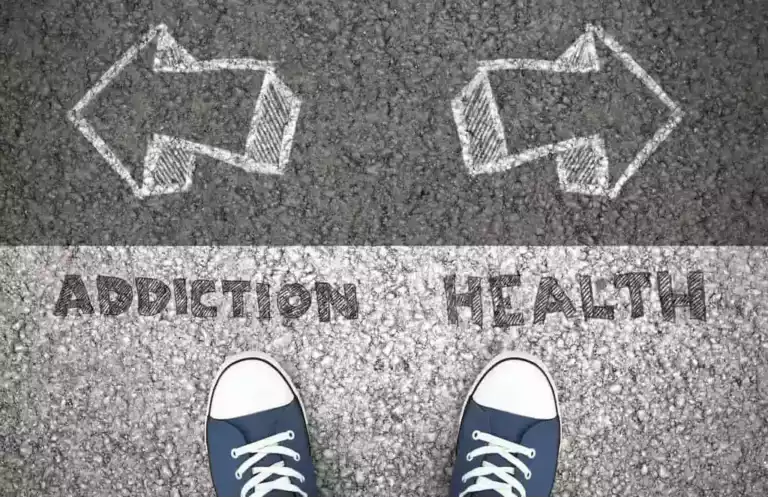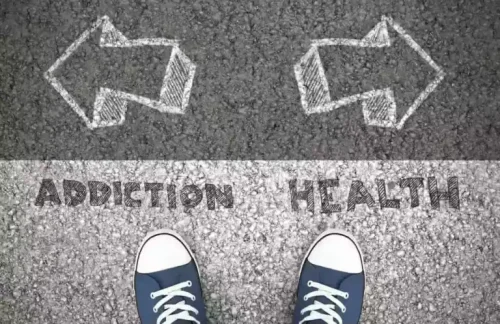
More significantly, its use has illustrated benefits in both endurance-based and high-intensity exercise, permitting the athlete to train longer and at a greater intensity. A recent meta-analysis yielded a positive relationship of caffeine on muscle strength, muscle endurance and anaerobic power 5. As a result, it is recommended that ingestion of 3–9 mg/kg approximately 60 min prior to exercise may provide the extra competitive advantage for the athlete 1. This was later revised in 1984 given new data that reported greater gains in strength in persons taking AAS combined with high-intensity exercise regimens when compared with placebo and, since then, AAS have been on the banned substances list. Furthermore, AAS are tested for and prohibited by many American sporting associations, including the National Collegiate Athletic Association (NCAA), Major League Baseball (MLB), National Football League (NFL), National Hockey League (NHL), and the National Basketball Association (NBA).
III. The Process of Data Gathering and Synthesis
- Beta-2 antagonists, drugs used to treat respiratory ailments that have effects similar to stimulants, can cause heart palpitations.
- 7α-Alkyl substitutions of the 19-nortestosterone molecule may further increase the anabolic to androgenic activity.
- But studies don’t clearly prove that human growth hormone boosts strength or helps people exercise longer.
- Erythropoietin (EPO)/peptide hormones – this is a naturally occurring hormoneclosehormoneChemical messenger produced in glands and carried by the blood to specific organs in the body.
- They also have beneficial effects on quality of life and improved physical functioning.
- One murky area of today’s drug landscape concerns Adderall and related drugs.
Examples include human growth hormone (hGH), erythropoietin (EPO), insulin, human chorionic gonadotrophin (HCG), and adrenocorticotrophin (ACTH). Despite the presence of some growth factors, platelet-derived preparations were removed from the List as current studies on PRP do not demonstrate any potential for performance enhancement beyond a potential therapeutic effect. Two other substances that have been promoted as useful in increasing muscle mass and strength are dehydroepiandrosterone (DHEA) and androstenedione. Both are precursors to testosterone that are converted to testosterone by the body. Research has not found either substance to be effective for the enhancement of athletic abilities, and both decrease the high-density lipoproteins in the blood, which increases the risk of cardiovascular disease.

1. Caffeine as a Performance Enhancing Agent
However, the actual median age of onset is probably higher, because at the time of recruitment, many study candidates had not completed the age range of risk for starting AAS use. Creatine is the most popular nutritional supplement, accounting for $400 million in sales annually. Despite recommendations against creatine use in adolescents under age 18 years, its use is still common. In 2001, Metzl et al (23) questioned 1,103 adolescents and found creatine use in 5.6% of them.

Health and safety in sport – EdexcelPerformance-enhancing drugs and their impacts
AASs are involved in promoting the growth of cardiac tissue, resulting in significant adverse adaptations such as an increase in wall thickness, and left ventricular cavity size; there has been observable differences in left ventricular posterior wall and septal wall thickness 49. The induction of myocyte hypertrophy results in counter opposing measures such as the release of apoptogenic factors leading to further deleterious effects on the myocardium alcohol rehab (Figure 3). For instance, it has been noted that AAS abusers demonstrate a reduction in peak strain and strain rates of the left posterior and septal walls 50. Animal models have been particularly useful in demonstrating such changes. For instance, rats after 8–12 weeks of AAS use demonstrated cardiomegaly 45.

How are anabolic steroids tested in athletes?
Side what are the effects of performance-enhancing drugs effects include dizziness, nausea and diarrhoea, depression and impotence. Drug abuse in athletes is a significant problem that has many potential underlying causes. The drive to be the best in sport dates to ancient times, as does the use of performance-enhancing substances.
